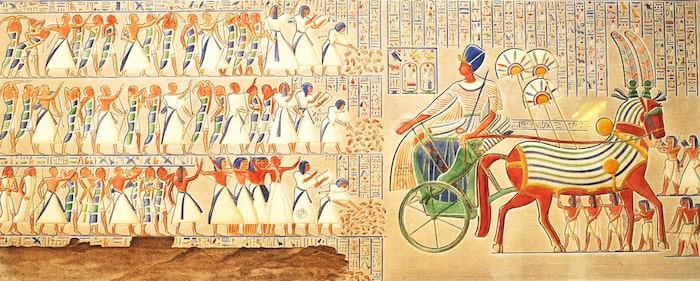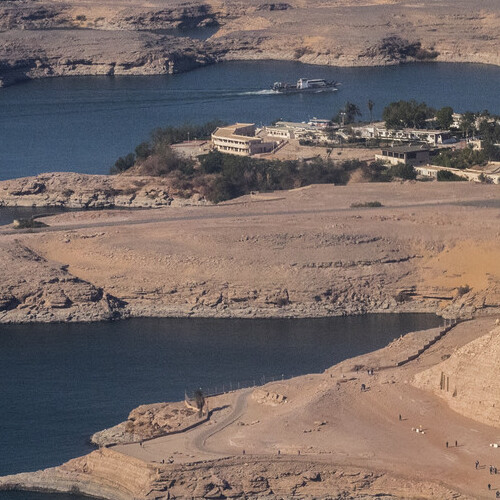No other nation in the world says ‘Welcome’ as often as the Egyptians, and every time, they mean it. While the ancient civilization of Egypt continues to amaze, contemporary Egyptians are equally remarkable.
The Temple Of Derr
The Temple of Derr: Echoes of Ancient Splendor
The Temple of Derr, although partially lost to time, remains a significant site reflecting the architectural and artistic styles of ancient Egypt, particularly under the reign of Ramses II.
Current State of the Temple
- Lost Atrium: The entrance and atrium of the Temple of Derr have been destroyed over time, leaving visitors unable to witness these parts in their original glory.
- Preserved Elements: Notably, the inner court’s covering and the four square columns that support it are still intact, offering a glimpse into the temple’s original structure.
Architectural and Artistic Resemblance
- Inspired Design: The temple bears resemblance to Ramses II’s great temple and the Temple of Hathor at Abu Simbel in terms of its structure and the adornment of its walls with paintings and carvings.
- Notable Carvings: Among these, a striking carving shows a sacred boat carrying the god Re-Herakhte, accompanied by a priest and Ramses II, who is depicted in a leopard skin cloak, emphasizing his divine status.

Similarities with The Great Temple of Abu Simbel
- Inner Court Imagery: The inner court of Derr’s temple originally featured images of Ramses II and three other gods, mirroring the layout in the Great Temple of Abu Simbel.
- Historical Defacement: These images, however, were defaced by Christian extremists during a later period, marking a significant cultural and religious shift in the region.
Preservation Efforts
- Threat from Lake Nasser: The rising water levels of Lake Nasser once posed a threat to the temple’s existence.
- Rescue Operation: A timely intervention in 1964 saved the temple from being submerged, preserving it for future generations.
In summary, the Temple of Derr stands as a testament to the architectural and religious fervor of the Pharaonic era, particularly under Ramses II. Despite the loss of some parts and the defacement of others, the temple continues to offer valuable insights into ancient Egyptian civilization and its enduring legacy.
Created On March 18, 2020
Updated On september 1 , 2024



